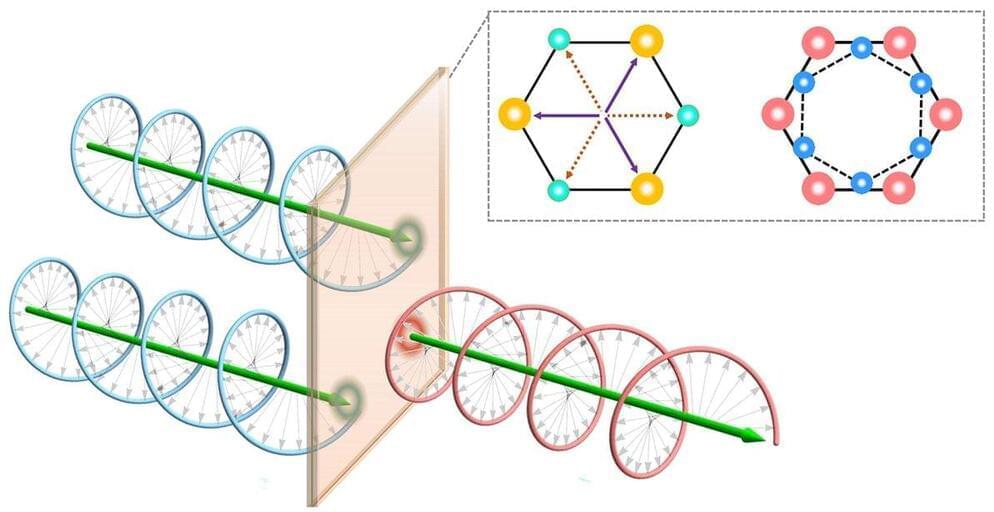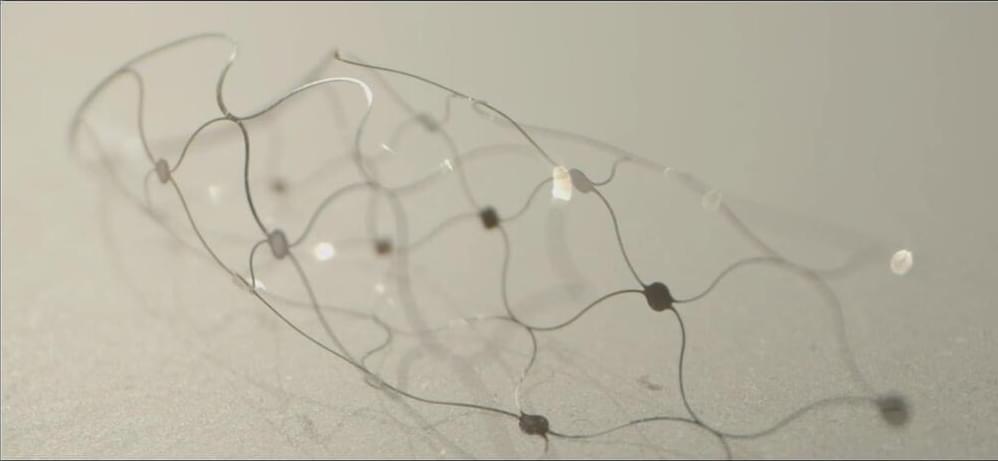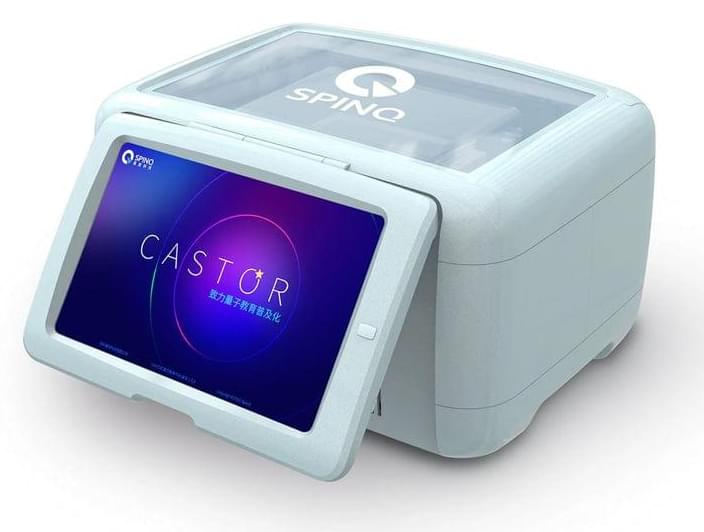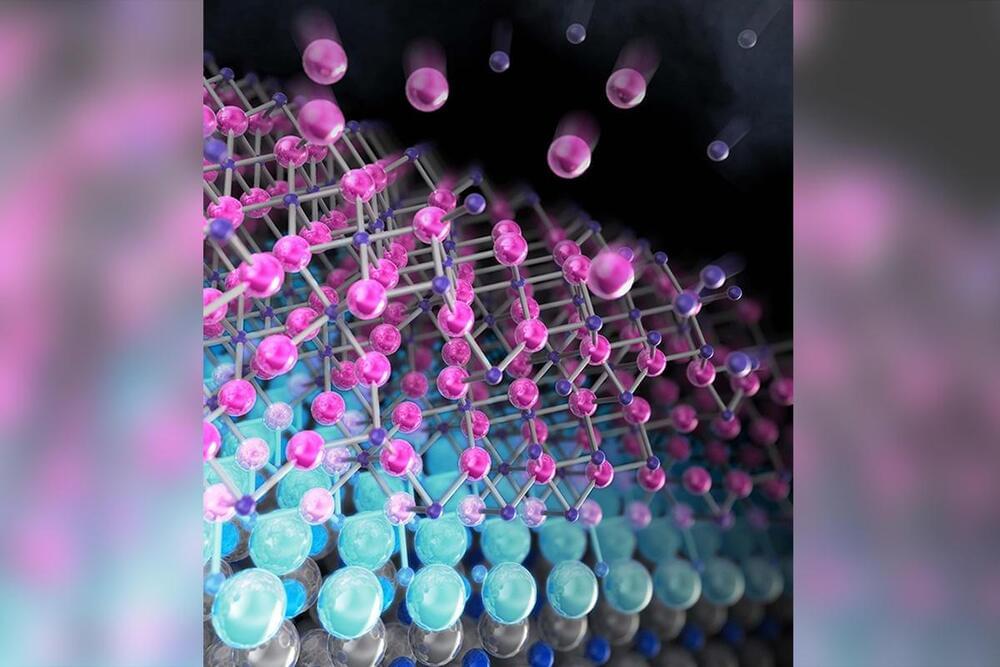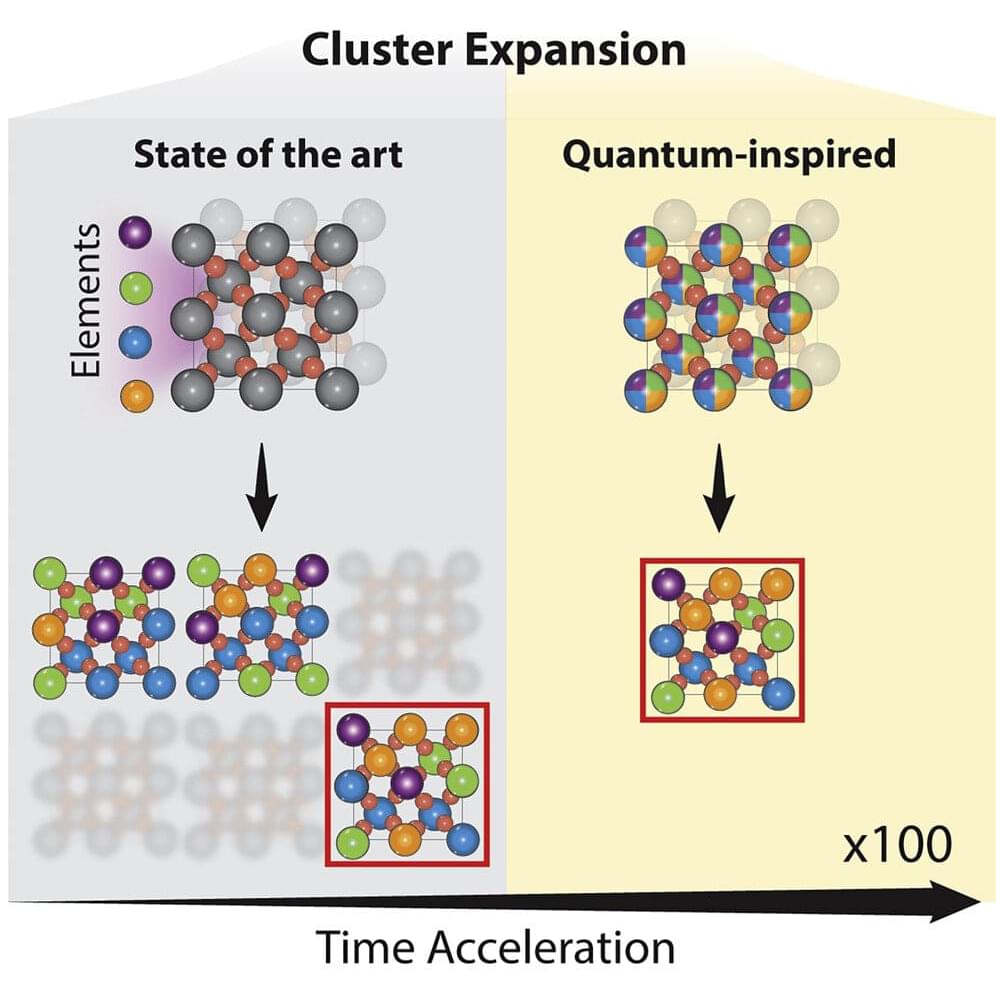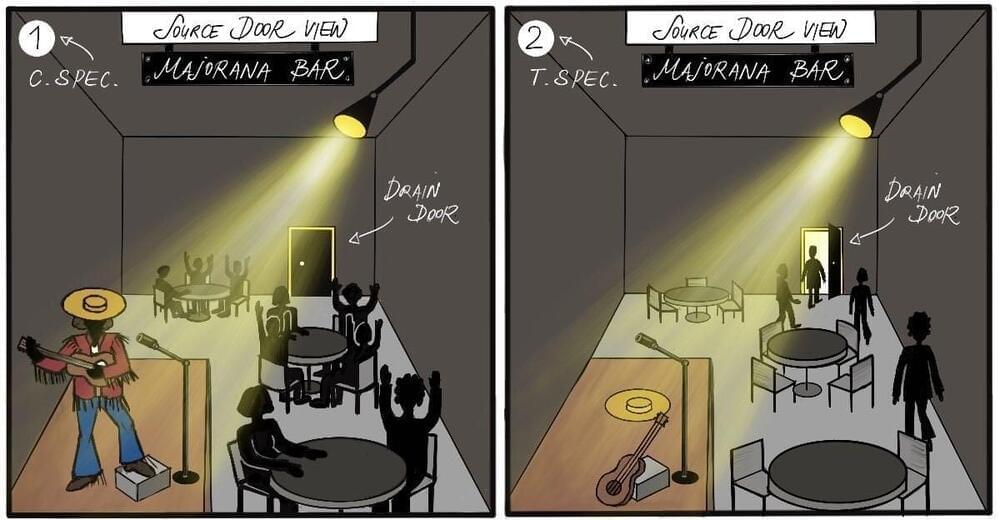Dec 17, 2022
How CRISPR lets us take the next step in evolution | Max Plach | TEDxOTHRegensburg
Posted by Kelvin Dafiaghor in categories: biotech/medical, computing, ethics, genetics
Biophysist and Biochemist Dr. Maximilian Plach talks about a groundbreaking new technology for editing genes, called CRISPR-Cas9. The tool allows scientists to make precise edits to DNA strands, which could lead to treatments for genetic diseases … but could also be used to create so-called “designer babies.” Max reviews how CRISPR-Cas9 works — and asks the scientific community to pause and discuss the ethics of this new tool. Max has earned his PhD in biophysics and computational biology at the University of Regensburg, Germany. He is now Chief Scientific Officer of 2bind, a dynamic and growing company focused on providing biophysical research services for biotech and pharma industries. It is therefore no wonder that Max closely follows the latest breakthroughs and developments in biotech and biomedical technology. He is a long viewer and listener of TED talks; the more exotic, the better. Or who doesn’t remember the talk about the world’s worst city flags? This talk was given at a TEDx event using the TED conference format but independently organized by a local community.


